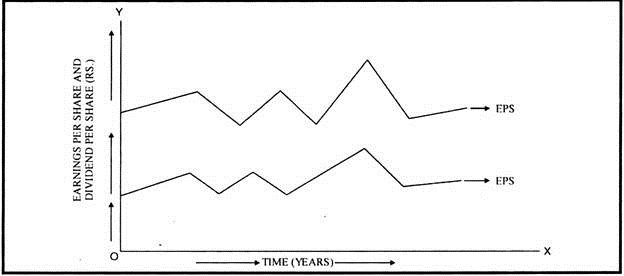After reading this article you will learn about the Advantages and Disadvantages of Stable Dividend Policy.
Advantages of Stable Dividend Policy:
A stable dividend policy is advantageous to both the investors and the company on account of the following:
(a) It is sign of continued normal operations of the company.
ADVERTISEMENTS:
(b) It stabilises the market value of shares.
(c) It creates confidence among the investors.
(d) It provides a source of livelihood to those investors who view dividends as a source of funds to meet day-to-day expenses.
(e) It meets the requirements of institutional investors who prefer companies with stable dividends.
ADVERTISEMENTS:
(f) It improves the credit standing and makes financing easier.
(g) It results in a continuous flow to the national income stream and thus helps in the stabilisation of national economy.
Disadvantages of Stable Dividend Policy:
Inspite of many advantages, the stable dividend policy suffers from certain limitations. Once a stable dividend policy is followed by a company, it is not easier to change it.
If the stable dividends are not paid to the shareholders on any account including insufficient profits, the financial standing of the company in the minds of the investors is damaged and they may like to dispose off their holdings. It adversely affects the market price of shares of the company. And if the company pays stable dividends in spite of its incapacity, it will be suicidal in the long-run.
ADVERTISEMENTS:
a. Irregular Dividend Policy:
Some companies follow irregular dividend payments on account of the following:
(a) Uncertainty of earnings.
(b) Unsuccessful business operations.
ADVERTISEMENTS:
(c) Lack of liquid resources.
(d) Fear of adverse effects of regular dividends on the financial standing of the company.
b. No Dividend Policy:
A company may follow a policy of paying no dividends presently because of its unfavourable working capital position or on account of requirements of funds for future expansion and growth.
